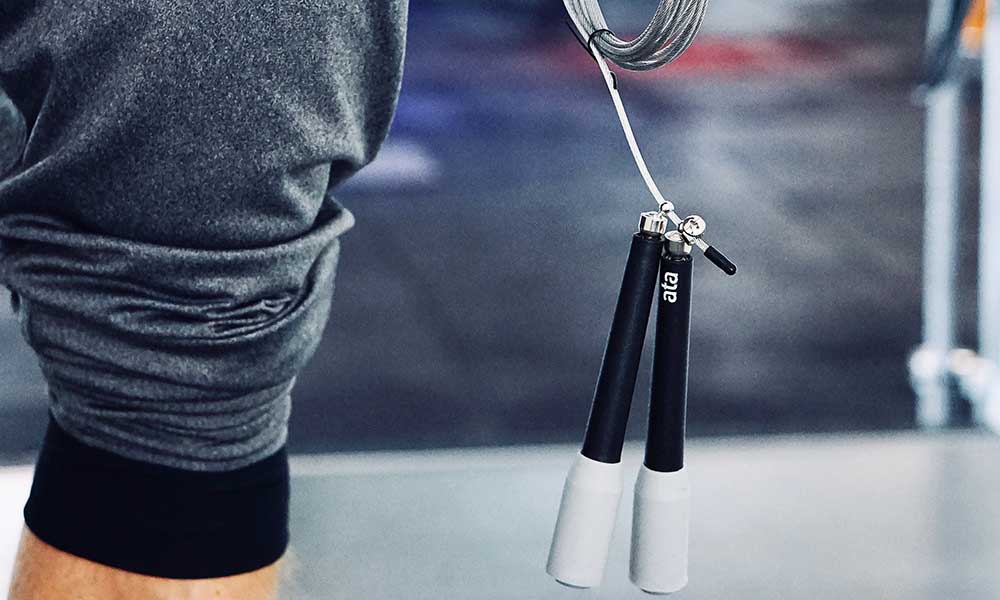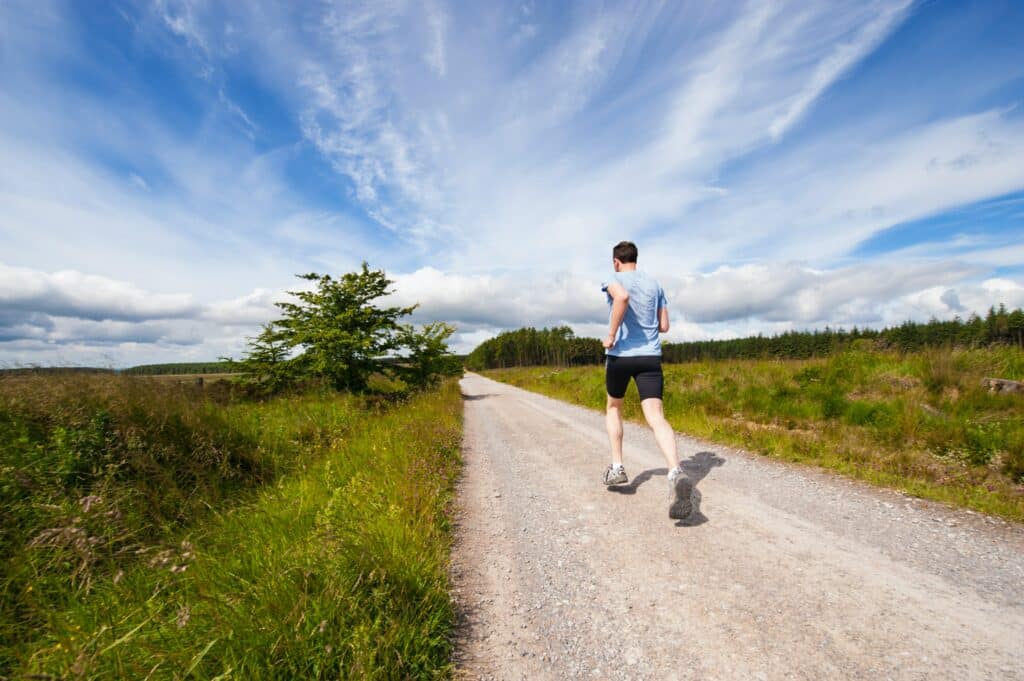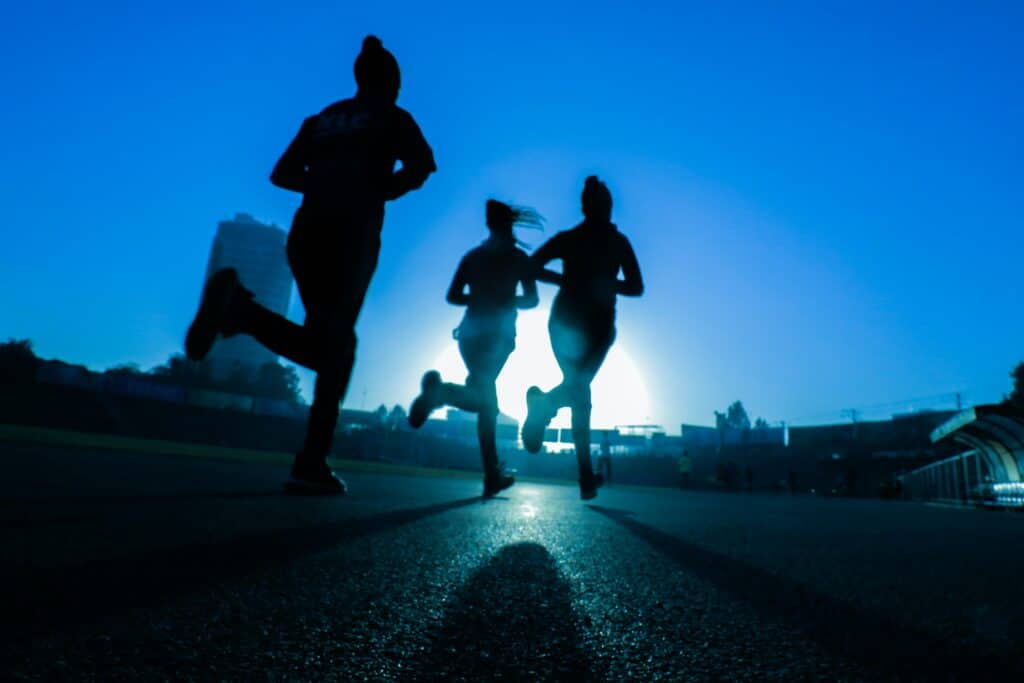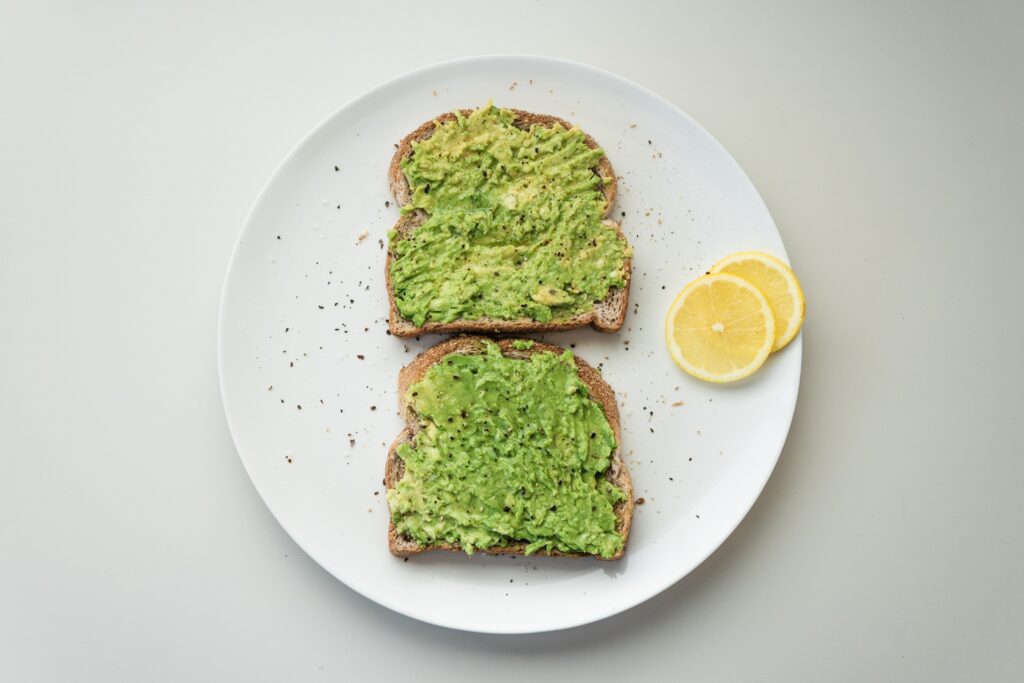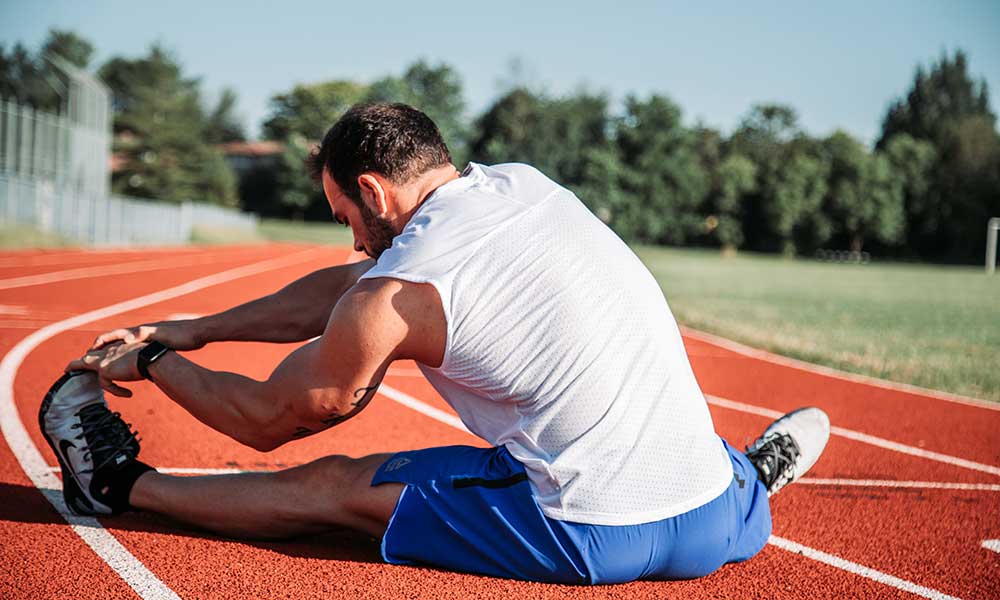Honey! The sweet, golden liquid produced by bees. It is a simple carbohydrate that falls under the sugars category in dietary terms. It’s delicious and is great for runners.
Honey contains 17.5 grams of carbs per tablespoon and 82 grams of carbs per 100 grams. For runners, honey is a great, natural sugar to add to your diet to help increase your energy and fuel your efforts.
In addition to it being a delicious and natural sugar, honey has also been linked to many other health benefits including antioxidants and anti-inflammatory properties. Some studies even show that because bees are producing honey with pollen, eating honey from your local producers can help alleviate allergies as it helps to build up a tolerance to the pollen that normally bothers you.
First, we’ll talk about what carbs are and the different types of carbs, then specifically about how honey fits into the carb world and how it can fuel your training.
What are carbs?
So, what exactly are carbs? Short for carbohydrates, carbs are made up of starch, sugar, and fiber. When you see ‘Total Carbohydrates’ on the nutrition label of your food, it is a total of all of these elements.
Each of the three types of carbohydrates is processed differently by your body. Understanding how these break down is helpful in maintaining a healthy diet.
Starch
Starchy carbohydrates come from foods like rice, potatoes, beans, bread, corn and pasta. These are processed more slowly by your body and leave you feeling full for a longer amount of time.
Fiber
Our bodies don’t break down fibers, rather they aid in our digestion as they travel through the intestines. They help to regulate cholesterol, blood sugar, and keep you feeling full for more time. Fiber-rich foods include fruits with edible skins like peaches and apples, black beans, lentils, brown rice, whole grain pastas and breads, oatmeal, brussels sprouts and squash…to name a few.
Sugars
The last type of carbohydrates are the sugars. Honey is considered a sugar. If you are reading the label of your food, you may see other sugars listed as sugar, molasses, agave nectar, dextrose, fructose, syrup, cane sugar or corn syrup. These sugars can be naturally occurring in fruit, milk or vegetables, or they can be added for sweetness.
Sugars have a more rapid effect on your blood sugar and are consumed quickly by the body. This is why you may feel more energy shortly after consuming sugars, but it can lead to a feeling of tiredness shortly after the ‘sugar rush’. In general, natural sugars are easier for your body to consume and many, like honey, come with additional health benefits.
A healthy diet requires the right balance of all of these different carbohydrates. And getting them naturally and in the right amounts without synthetic or artificial processing is preferable.
Honey For Runners
Carbs are literally the building block for fueling our bodies and giving us the energy to go about our daily lives.
When you are running or doing other types of exercises, your body will be calling upon your reserves to keep you moving. Eating the right kinds of carbs before your exercise can go a long way in helping you to feel great and reach your goals.
A study out of the University of Memphis reported that honey is actually one of the most effective pre-workout foods. And the best part about honey is that it’s totally natural. Many athletes—elite and amateur—use energy gels to fuel their runs, but many of these gels contain artificial colors, preservatives and sweeteners.
Why is honey good for runners?
Honey is a natural, unrefined sugar which is easily digested by your body. As you run and put strain on your body, it will be looking through your reserves for carbs to burn to keep you moving forward.
It takes about 15 minutes for honey to get into your muscles after it has been consumed, which means that eating honey is helpful right before you begin your run or as a way to refuel while you’re out on the road or on a trail.
The two main components of honey are fructose and glucose. The more fructose that is in the honey, the more runny or liquidy it will be. Your body burns fructose more slowly than glucose, making it super helpful for endurance. And a higher fructose honey will be similar to the texture of a gel, easing in consumption so you don’t have to stop your momentum.
How much honey should I consume for running?
One tablespoon of honey contains 17.5 grams of carbs. The average runner needs about 30-60 carbs an hour especially during endurance training. That means you could consume 2-3 tablespoons per hour starting just before your run and as needed during the event.
How do I eat honey on a run?
Maybe you’re picturing yourself running with a bottle of honey, then trying to breathe while you eat enough honey to fuel you. It seems like a daunting task as straight honey can be quite thick, which can be a bit inconvenient while you are running or exercising.
If you’re ok with getting a little messy, you can simply store some in small bags to consume as you need, or even in reusable gel packs. Slices of honeycomb can be carried to eat while you run.
You can also look for gels and other refueling products that use honey as their sweetener rather than artificial or refined sweeteners.
Or, you can try making the gel yourself. In this recipe borrowed from Josh Friedman at ilovebicycling.com, he teaches you how to make your own gels, using honey, to fuel your runs without the packaging waste of traditional gels. First, you’ll want to pick up some reusable gel packs then from there you’ll need:
- 1 tbsp honey
- 1 tbsp brown rice syrup
- 1 tbsp blackstrap molasses
- ⅛ tsp of salt or 6 drops of electrolyte concentrate (this will also help to make the gel more fluid)
Combine all of the ingredients into a blender or mix by hand, then pour it into your reusable gels. This recipe makes enough for two gels. This recipe is also great because it helps to refuel your electrolytes both with the salt or drops and the potassium content of molasses.
Closing Thoughts
Honey is a great way to fuel your runs. And, because it is natural, it is kinder on your body than other artificial sweeteners or refined sugars. We encourage you to work it into your pre, during, and post-run regimen. It will certainly lead you to some really sweet adventures.


